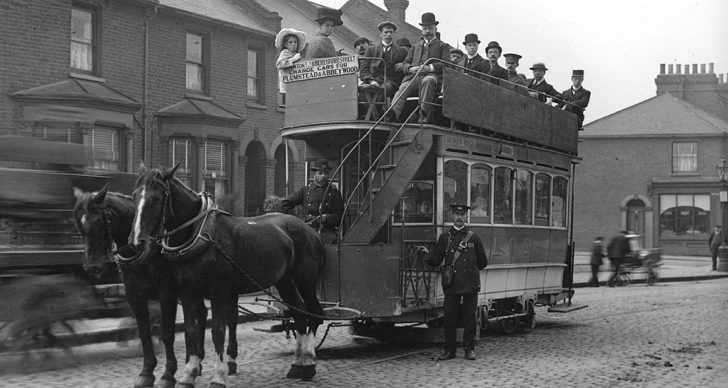- Liittynyt
- 19.10.2016
- Viestejä
- 1 643
Siitä aikaan sopivasti Ukrainalainen "Hell march"
Slava Ukraini!

Follow along with the video below to see how to install our site as a web app on your home screen.
Huomio: This feature may not be available in some browsers.



 ?
?Oonko ainoo, jonka käy sääliksi tän video (linkki pitäis osoittaa oikeeseen kohtaan) tyttöä, mutta samaan aikaan ei pysty lopettamaan nauramista?
Egypti on niitä maita, joissa ihmisyys on rikos. Monet naiivisti kuvittelevat että se on oikein ystävällinen ja muutenkin hieno turistikohde. Toivottavasti mahdollisimman moni katsoo tuon videon ja ymmärtää miksi sen lopussa todetaan, että Egypti ei ole muuttumassa, mutta muiden ihmisten pitää muuttua ja lakata tukemasta näitä korruptoituneita paskamaita viemällä niihin rahaa turismin muodossa.Egypti vaikuttaa aikamoiselta kasalta kakkaa.
Olen kyllä aiemminkin kuullut tarinoita Egyptistä, mutta ilmeisesti ruokavideoiden kuvaaminen on suuri rikos siellä.
No tietääkseni egypti on arabimaiden paremmasta päästä. Tosin tämä ei ole vielä kovin suuri saavutu.Egypti on niitä maita, joissa ihmisyys on rikos. Monet naiivisti kuvittelevat että se on oikein ystävällinen ja muutenkin hieno turistikohde. Toivottavasti mahdollisimman moni katsoo tuon videon ja ymmärtää miksi sen lopussa todetaan, että Egypti ei ole muuttumassa, mutta muiden ihmisten pitää muuttua ja lakata tukemasta näitä korruptoituneita paskamaita viemällä niihin rahaa turismin muodossa.
Vuoden 1906 San Fransicon katunäkymää, oudon meditatiivista katsottavaa:
Vuoden 1906 San Fransicon katunäkymää, oudon meditatiivista katsottavaa:
Kyseessä kaapeliraitiotie, jossa vaunu tarraa kadun alla kulkevaan kaapeliin:Mielenkiintoinen video ja sai ainakin minut pohtimaan että millä noita tuon ajan raitiovaunuja on liikuteltu? Ajolankoja ei ole, kiskoissakaan tuskin on jännitettä joten ilmeisesti polttomoottorin tai akkujen voimin? Osa näkyi kulkevan kauramoottoreilla, joten olivat ilmeisesti vanhempaa mallia, varsinainen voimanlähde rikki tai sitten reitti niin mäkinen että vaunu tarvitsi lisäbuustia kulkupuolelle.

Vuoden 1906 San Fransicon katunäkymää, oudon meditatiivista katsottavaa:

Ken Block ja loppu oli jotain luokka WTF?:
Ja toinen perään.
Otsikko on outo, mutta video on kovaa kamaa, imho!
DC Shoes: Ken Block's Gymkhana THREE, Part 2; Ultimate Playground; l'Autodrome, France:
Toyota-kauppias parin vuoden takaa.
Onko pakko tuoda sota myös tähän ketjuun?

Vuoden 1906 San Fransicon katunäkymää, oudon meditatiivista katsottavaa:
Kaikista videon yksityiskohdista ehkä eniten ihmetytti, ettei missään näkynyt yhtä ainutta kasaa hevonpaskaa! Tuolla määrällä kaakkeja. Ilmeisesti systeemiin kuului aika tehokas lantapartiointi, tai tiukka periaate että jokainen siivoaa omansa per heti sakon uhalla.
Toinen jännä oli kohdassa 8:25 näkyvä kärryn takaikkunan "jätesäkkimuovi". Se ei tietenkään voi olla muovia, joten mitähän tuo materiaali on, joku vahakangas ehkä?
1:20 kohdalla näkyy yksi lantapartio ja siis kaikkihan toi "ruskea" tiessä on lannastaKaikista videon yksityiskohdista ehkä eniten ihmetytti, ettei missään näkynyt yhtä ainutta kasaa hevonpaskaa! Tuolla määrällä kaakkeja. Ilmeisesti systeemiin kuului aika tehokas lantapartiointi, tai tiukka periaate että jokainen siivoaa omansa per heti sakon uhalla.
Toinen jännä oli kohdassa 8:25 näkyvä kärryn takaikkunan "jätesäkkimuovi". Se ei tietenkään voi olla muovia, joten mitähän tuo materiaali on, joku vahakangas ehkä?

In the late 1800s, the city hired drainage engineer George E. Waring Jr., who had worked on Central Park, to start cleaning things up. He pushed for new laws forcing owners to stable horses overnight (instead of leaving them in the streets) and mobilized crews to gather manure and horse corpses to be sold for fertilizer and glue, respectively. What they couldn’t sell was transported and dumped instead.
And by the early 1900s, other factors were in motion — electric streetcars and internal combustion vehicles were gaining traction. Rising land pricing (for stables and farmland) coupled with higher food costs increasingly made these new options more economical, too.
Tuli mieleen tämmönen tuossa muutaman vuoden takaa. Meni muutama yritys ennen kuin löyty alkuperäinen miljoonan repostauksen seasta. Tässä tuo video on sentään katsottava toisin kuin niissä muissa
Mitäs itse tekisitte ?
ja kunnon sponssi, propsit siitä !


 (Jumaleissön ku Tunturi vetää kovaaa!):
(Jumaleissön ku Tunturi vetää kovaaa!):Autokoulussa muistaakseni varoitettiin ns. "putkinäöstä" kun ajaa todella kovaa. Tässä on IMHO aika keleen upea esimerkki putkinäöstä tarjoiltuna ihan näytön ja penkin väliin asti(Jumaleissön ku Tunturi vetää kovaaa!):

Käytämme välttämättömiä evästeitä, jotta tämä sivusto toimisi, ja valinnaisia evästeitä käyttökokemuksesi parantamiseksi.
